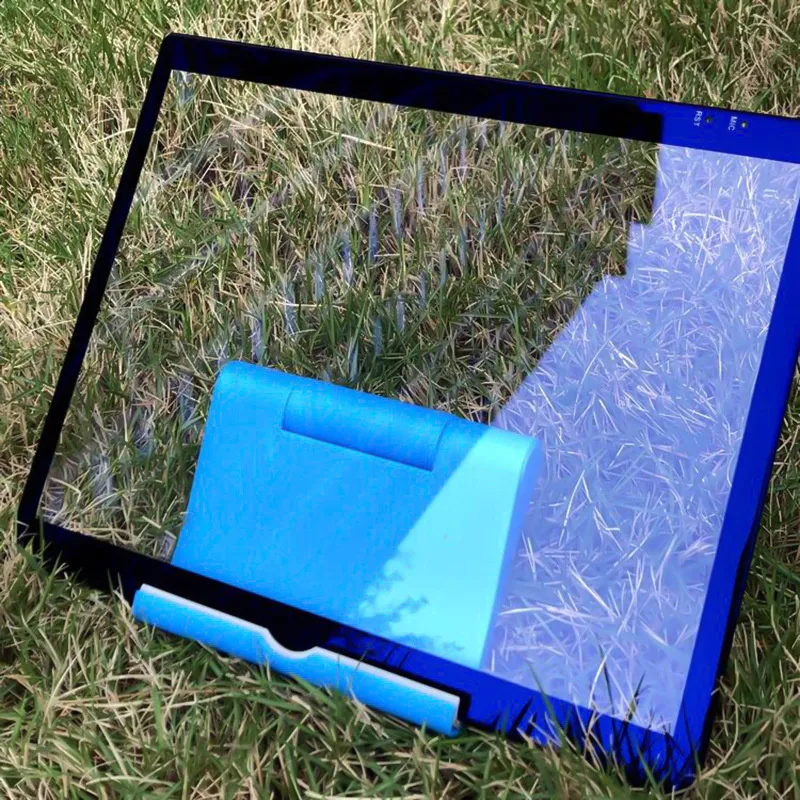Dec . 12, 2024 09:58 Back to list
coated glass uses
The Multifaceted Uses of Coated Glass An Overview
Coated glass has become an integral part of modern architecture and design, resulting in its increasing popularity across various industries. The application of coatings to glass not only enhances its aesthetic appeal but also significantly improves its functionality. This article explores the multifaceted uses of coated glass, shedding light on its advantages and diverse applications.
1. Architectural Applications
One of the primary uses of coated glass is in the construction of buildings. Architects and designers often opt for coated glass for facades, windows, and skylights due to its ability to control solar heat gain and glare. Low-emissivity (Low-E) coatings, for instance, are designed to reflect thermal radiation while allowing light to pass through. This characteristic enables buildings to maintain a comfortable indoor temperature while reducing energy consumption for heating and cooling.
Furthermore, coated glass can enhance the aesthetic value of a structure. With a wide range of colors, tints, and finishes available, coated glass allows architects to create visually stunning designs that meet both functional and artistic requirements. The reflective qualities of some coatings can also give buildings a modern and sleek appearance, making them stand out in urban environments.
2. Automotive Industry
Coated glass plays a crucial role in the automotive industry. Windshields and windows often come with coatings that provide benefits like UV protection and improved visibility. Tinted coatings can reduce glare from the sun, enhancing driver comfort and safety. Some coatings are specifically designed to minimize the risk of shattering, thus increasing passenger safety. Additionally, the use of anti-fog and hydrophobic coatings helps maintain visibility under various weather conditions, such as rain or humidity.
Moreover, coated glass in vehicles can contribute to energy efficiency. By regulating the amount of solar heat that enters the car, these coatings can reduce the need for air conditioning, leading to lower fuel consumption.
The electronics industry has also benefited significantly from the use of coated glass. Coatings applied to screens and displays—such as those found on smartphones, tablets, and televisions—enhance durability and functionality. Anti-reflective coatings reduce glare and improve visibility in various lighting conditions, making screens easier to use outdoors. Scratch-resistant coatings help protect screens from damage, ensuring longevity and maintaining visual clarity.
coated glass uses

Additionally, with the rise of smart devices and IoT technology, coated glass is increasingly used in touch screens that are responsive and user-friendly. The combination of coatings that enhance touch sensitivity and reduce smudging leads to a better overall user experience.
4. Solar Energy Applications
Coated glass is vital in the solar energy sector, specifically in photovoltaic (PV) panels. High-efficiency coatings are applied to the glass covering these panels to optimize light transmission while minimizing reflection. This feature allows the maximum amount of sunlight to reach the solar cells, thereby enhancing energy conversion efficiency. By improving the performance of solar panels, coated glass contributes to the viability and attractiveness of solar energy as a renewable resource.
Additionally, coatings can also provide protective features, shielding panels from environmental stressors like hail, moisture, and dust, further increasing their lifespan and effectiveness.
5. Interior Design
In interior design, coated glass serves various aesthetic and functional purposes. Decorative glass with colored or patterned coatings can be used for partition walls, tables, and countertops, adding visual interest while allowing for privacy and light diffusion. Coated glass surfaces are also easier to clean and maintain, as certain coatings resist staining and abrasion.
Moreover, coated glass can be integrated into interior lighting solutions, such as chandeliers and light fixtures. Special coatings can enhance light distribution and reduce energy consumption, creating more sustainable lighting options in homes and commercial spaces.
Conclusion
The applications of coated glass are vast and varied, making it an essential component across numerous industries, from construction and automotive to electronics and renewable energy. As technology advances, the development of new coatings continues to enhance the functionality and appeal of glass. With its ability to improve energy efficiency, safety, and design versatility, coated glass is poised to play a critical role in shaping the future of modern architecture and product design. Whether gazing at a skyscraper, driving a car, or using a touchscreen device, coated glass silently enhances our daily lives in countless ways.
-
Safety and Style with Premium Laminated Glass Solutions
NewsJun.24,2025
-
Reinvents Security with Premium Wired Glass
NewsJun.24,2025
-
Premium Float Glass Line for Modern Architecture
NewsJun.24,2025
-
Low Emissivity Glass for Energy-Efficient Architecture
NewsJun.24,2025
-
High-Performance Insulated Glass Solutions for Modern Architecture
NewsJun.24,2025
-
Elevates Interior Style with Premium Silver Mirror
NewsJun.24,2025
Related PRODUCTS














